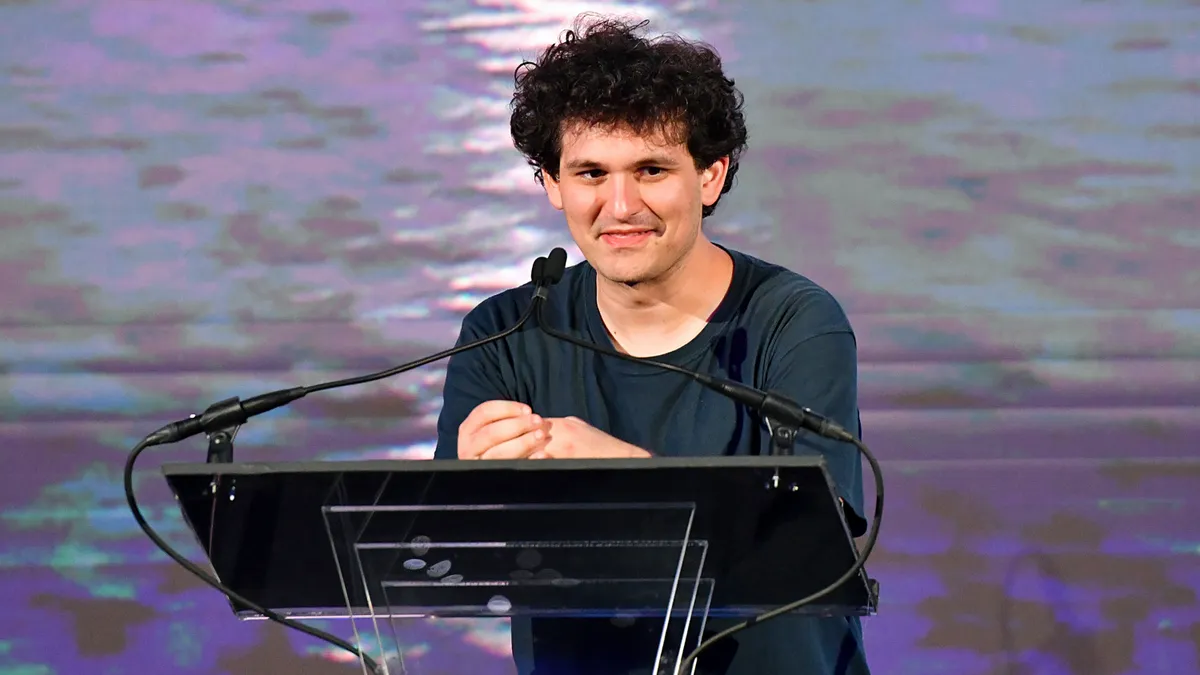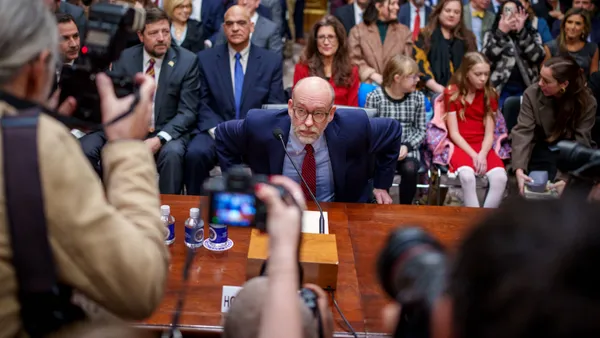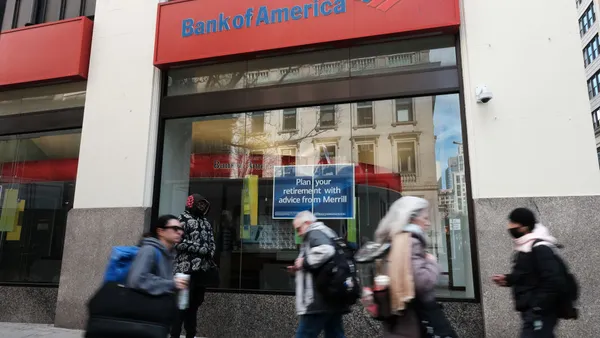Former FTX Sam Bankman-Fried took the stand at his criminal trial Thursday after the prosecution rested its case.
It was unclear, for the three-and-a-half weeks preceding Thursday, if Bankman-Fried would testify at all. Half of defendants never testify at their own trials, and doubt on his intention to testify was further cast when Judge Lewis Kaplan declined a trial delay requested by Bankman-Fried’s lawyer Mark Cohen. Cohen requested the trial delay because, he said, the former crypto wunderkind was struggling to pay attention without his regular Adderall prescription, and was concerned that he wouldn’t be able to “meaningfully participate” in the trial, Fortune reported.
Kaplan declined the request because he “hadn’t observed a problem” with Bankman-Fried’s attention in the courtroom, and Cohen confirmed on a court teleconference Wednesday — after a three-day trial break — that Bankman-Fried would testify.
When he took the stand Thursday, jurors had been dismissed for the day. He spent the afternoon previewing his testimony for the judge, which included placing blame on his former company’s legal counsel.
FTX’s in-house and outside counsel advised him to use apps set to delete messages, and also advised him to make loans to himself, Bankman-Fried said. However, he was unable to provide further details on the claim on the stand, and repeatedly said “I do not recall.”
He also testified that he thought FTX’s terms of service permitted its sister company Alameda Research to borrow customer funds, New York Post reported.
Kaplan did not grant an advice-of-counsel defense across the board, which Bankman-Fried’s attorneys had been seeking, according to CoinDesk. However, he allowed the defense with respect to FTX’s document retention policy, which Bankman-Fried said was the basis for he and other employees using apps, such as Signal, to auto-delete messages.
His Friday testimony began with the following exchange with his attorney, according to Inner City Press:
Cohen: The defense calls Mr. Sam Bankman-Fried ... Good morning. What did FTX stand for?
SBF: Futures Exchange. We thought we could build the best product on the market.
Cohen: Did it work out that way?
SBF: No. FTX declared bankruptcy. A lot of people got hurt.
Cohen: Did you defraud anyone?
SBF: No, I did not.
Bankman-Fried told the court that he knew “basically nothing” about crypto before starting Alameda in 2017, New York Post reported.
“I had absolutely no idea how they worked,” he said of cryptocurrencies. "I just knew they were things you could trade.”
FTX’s marketing spend, which was discussed last week by former executive Nishad Singh, was a topic of testimony. Cohen questioned FTX’s $10-million-a-year naming rights deal with the Miami Heat’s arena. Bankman-Fried told the court that $10 million was, at the time, equivalent to 1% of FTX’s annual revenue, CoinDesk reported, and that he thought it was a good use of funds when arena sponsorships are pegged to be valuable “above and beyond” name recognition.
Regarding the financial troubles that led to FTX’s downfall, Bankman-Fried placed some blame on former Alameda CEO Caroline Ellison.
He testified that he repeatedly asked Caroline Ellison to “hedge” FTX’s risks, The Wall Street Journal reported. Hedging is a trading strategy meant to de-risk an investment by buying or selling a separate asset. He said that although he prodded Ellison on the matter periodically, Alameda wasn’t hedged when crypto prices fell in June 2022.
Ellison, who testified on behalf of the government earlier in the trial, is also his ex-girlfriend.
And regarding FTX’s “allow negative” feature — coded in to allow Alameda to have a negative balance of up to $65 billion on FTX — he blamed Singh and former technology chief Gary Wang, who he said implemented the code “in response to Bankman-Fried's unspecific guidance to fix the error,” according to CoinDesk.
Though this is the first the world has heard from Bankman-Fried in a while, it’s not the first since his crypto empire evaporated beneath him in November. He spent weeks thereafter speaking with reporters, published a Substack newsletter and posted a slew of tweets to explain FTX’s downfall to the masses.
“I’m sorry. That’s the biggest thing,” he said on Twitter on November 10, just hours before signing the bankruptcy paperwork. “I f----- up, and should have done better.”
Yet Friday, on the stand to put substance behind his not guilty plea, he placed blame on others.
His testimony will continue next week.














